Many dog owners may mistakenly think that they can forgo grooming their dogs in the winter. This often stems from good intentions, such as the belief that letting the dog's coat grow will provide extra warmth. However, the reality is that winter grooming for dogs is equally, if not more, crucial than in the summer months.
In fact, ensuring their coat effectively maintains body temperature becomes even more vital during the winter. While it's true that larger, fluffy dogs need their fur for warmth in the snow, neglecting proper coat maintenance can result in issues when the snow melts. Moisture retained in their fur due to mats and tangles can lead to problems like hot spots and bacterial infections.
While regular dog grooming remains essential throughout the year, here are six grooming tips to safeguard your dog's health, warmth, and comfort during the coldest season.

Bathing Your Dog Regularly
You might assume that your dog doesn't require a bath if she doesn't exhibit a noticeable odor or dirtiness due to reduced outdoor activities. However, even if she doesn't smell, her skin still benefits from a thorough cleaning, providing an opportunity to moisturize dry skin. If your dog experiences winter dry skin problems, opt for a specialized moisturizing shampoo.
Instead of using room temperature water, consider using slightly warmer water than usual (though not hot). Utilize a gentle shampoo, ensuring thorough application to the base of their coat. After rinsing, a second wash may be advisable, especially for dogs with thick or particularly dirty coats. Following a final rinse, application of conditioner is crucial. This step helps restore oils removed during washing, facilitates easier brushing and combing, and promotes proper coat health in the colder, drier winter months that can otherwise lead to coat dryness. It also minimizes unwanted static shocks, which can be surprising for both you and your pet.
Lastly, conclude the grooming process by drying your pet as usual. Most experts recommend patting and squeezing with a towel or using a hair dryer on a cool or room temperature setting, or, at most, a warm setting (never hot). Dog dryers or dog hair dryer are also suitable. Ensure thorough drying, and keep your dog indoors for a few hours afterward to prevent exposure to cold outside air until fully dry. Optionally, you can wrap them in a blanket or dry towel briefly after drying to help maintain warmth if needed or desired.
Ear Care
Remember to avoid letting water or soap enter your dog's ears during the bathing process. After the bath, it is advisable to use a specialized dog ear cleaning solution and administer it according to the provided instructions. These solutions are designed to be safe for dogs, aiming to eliminate wax and any debris, soap, or water that may have entered the ears during bathing. The removal of moisture from their ears is crucial to prevent infections.
Coat Brushing And Trimming
Grooming your dog at least twice a week is crucial, especially in winter, to prevent their hair from matting and tangling. It's important to find the right grooming approach depending on your dog’s coat type.
While long-haired dogs need their fur to stay warm, the length should be managed carefully. If your dog wears sweaters, a shorter cut might be more practical.
Remember, a dog's outer coat protects them from the weather, and their inner coat insulates. Keeping the inner coat well-groomed is essential; if it becomes too dense, it might lead to issues like trapping water and potentially causing hypothermia.
Pay Attention to the Paws and Pads
During winter, extra care should be given to your pet's paws and paw pads. Walking on sidewalks treated with de-icing agents can cause irritation. To reduce this risk, wash their paws with warm water and dry them thoroughly after walks. Alternatively, consider using dog booties to protect their paws from direct exposure to these harsh elements.
Do Trim Their Nails
In winter, dogs usually become less active, much like humans. This reduced activity can make their nails or claws appear to grow quicker, necessitating more frequent trims. It's important to use the right tools and supplies for trimming your dog's nails, regardless of the season.
For those who own a Neakasa P1 Pro/P2 Pro/P0 pet grooming vacuum, a nail grinder attachment is available for purchase separately. If you're yet to acquire a dog grooming kit, consider exploring Neakasa's pet grooming products to find one that best fits your needs.

It's important to consider some specific guidelines for dog grooming during winter.
1) Don't delay grooming until spring
Regular grooming in winter is crucial to prevent matting of your dog's fur, which becomes harder to manage over time. Regular grooming also helps your dog get accustomed to the process.
2) Avoid letting your dog outside with wet fur in winter
This is vital for maintaining their body temperature. Wet fur can significantly increase the risk of hypothermia in cold weather. Always ensure your dog is thoroughly dry after baths before they go outside.
Concluding Thoughts On Pet Grooming During Winter
In the winter months, it might be tempting to relax your dog grooming routine due to spending more time indoors. However, it's actually more beneficial to maintain, or even increase, regular grooming practices. This helps keep your pet happy, healthy, and comfortable. Consistent bathing, brushing or combing, nail trimming, and ear care are as essential in winter as in other seasons.
Additionally, providing extra protection for your dog's paws and paw pads, especially when exposed to cold temperatures or de-icing products, is crucial. Proper grooming ensures your pet's well-being and helps them stay clean and fresh indoors.




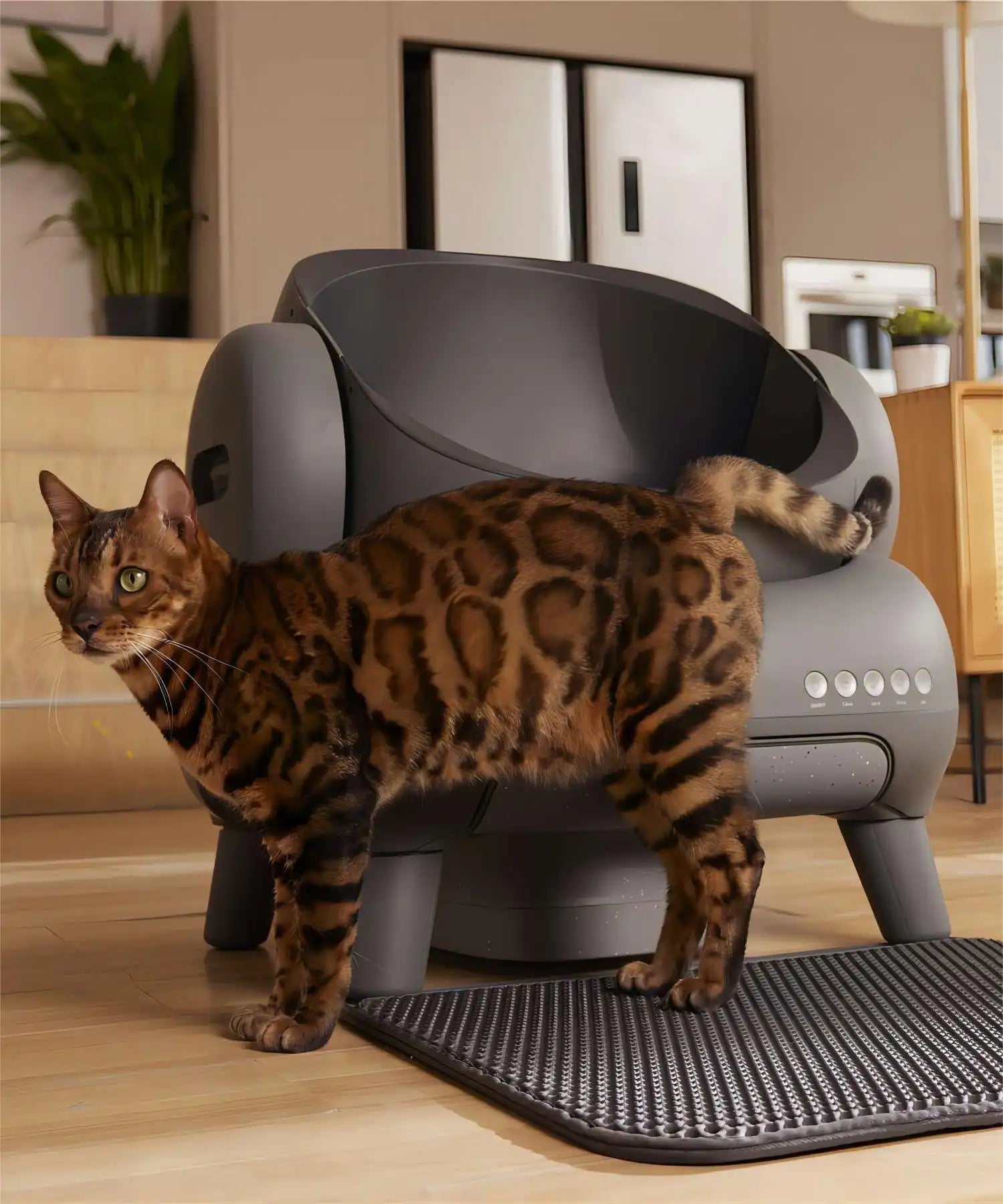


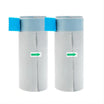

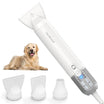

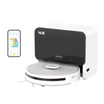
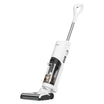
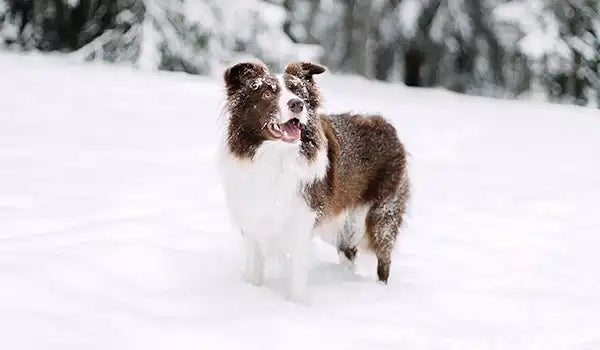

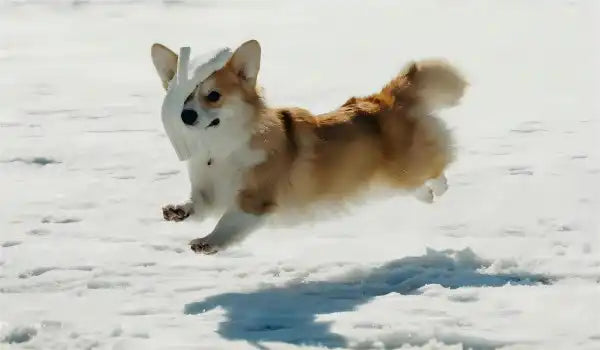
Leave a comment
This site is protected by reCAPTCHA and the Google Privacy Policy and Terms of Service apply.